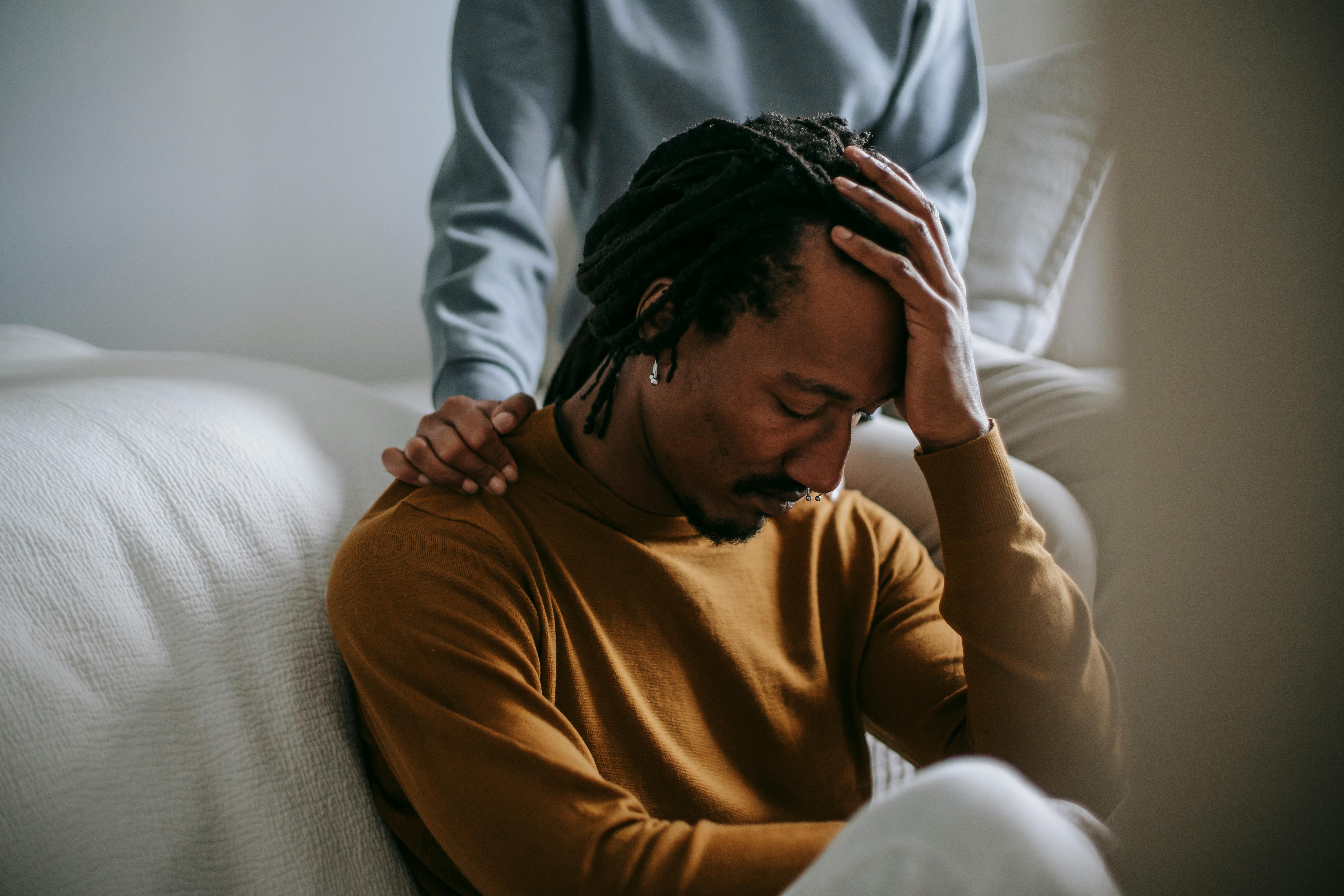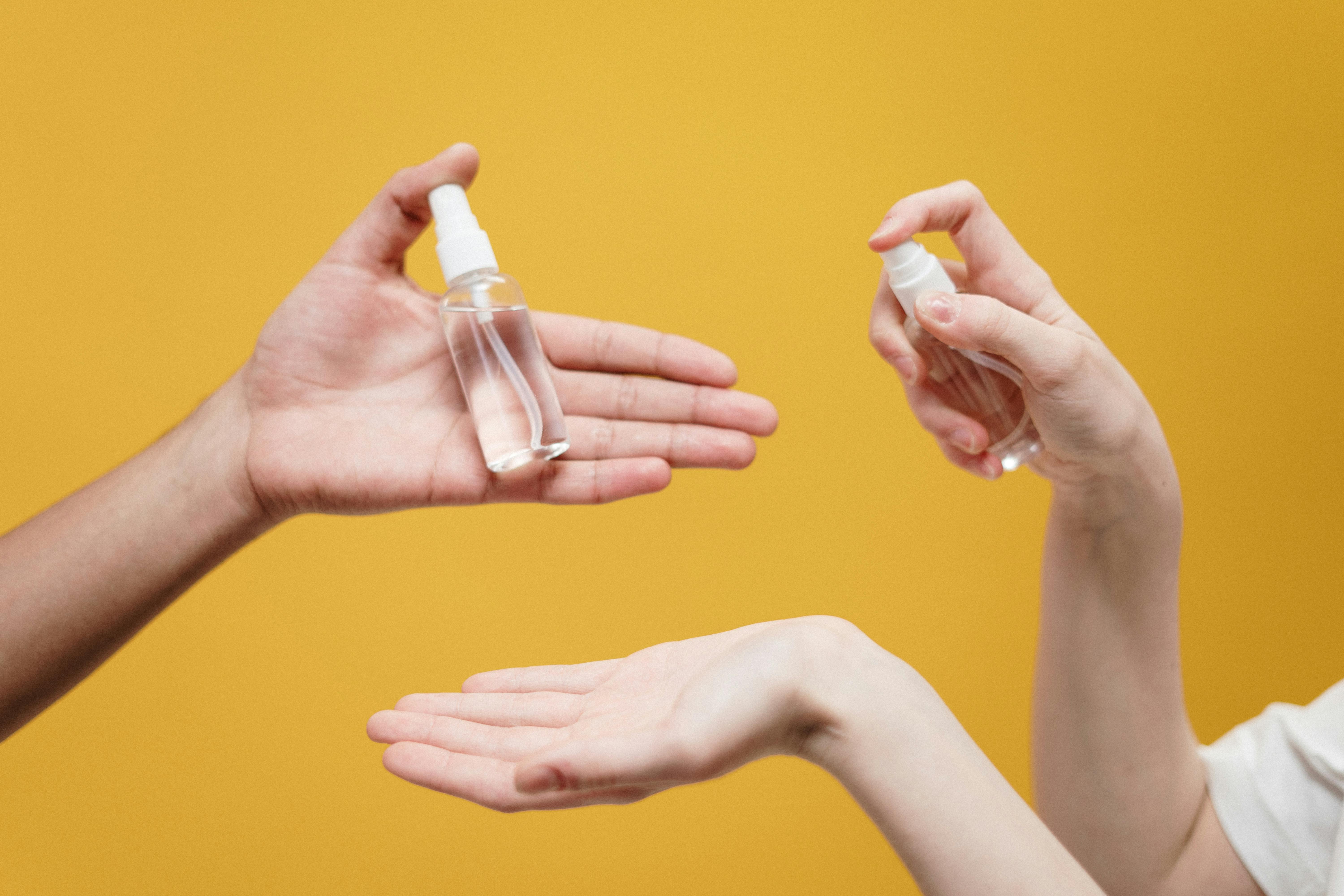Imagine your mind as a library. Most of the time, you can choose which books to take off the shelf, which memories to revisit. But for those grappling with Post-Traumatic Stress Disorder (PTSD), it’s as if a hurricane has torn through that library, scattering painful memories across the floor, making them impossible to avoid and difficult to put away.
PTSD isn’t just about remembering a traumatic event; it’s about reliving it, often in vivid and terrifying detail. It’s your brain’s way of trying to make sense of something that defies understanding, a glitch in your mental software that keeps you stuck in survival mode long after the danger has passed.
If you’re one of the estimated 3.6% of U.S. adults who experienced PTSD in the past year, or if you’re supporting someone who is, know this: You’re not alone, you’re not broken, and there is hope. While the journey to healing isn’t always easy, it is possible.
Understanding PTSD: More Than Just Bad Memories
Before we dive into coping strategies and treatments, let’s take a moment to understand what we’re dealing with. PTSD is a complex mental health condition that can develop after experiencing or witnessing a traumatic event. It’s not a sign of weakness; it’s a normal reaction to abnormal circumstances.
Dr. Bessel van der Kolk, a pioneering researcher in trauma, explains it this way: “The body keeps the score. The memory of trauma is encoded in the viscera, in heartbreaking and gut-wrenching emotions, in autoimmune disorders and skeletal/muscular problems.”
PTSD symptoms generally fall into four categories:
- Intrusive thoughts: Unwanted memories, nightmares, or flashbacks
- Avoidance: Steering clear of reminders of the trauma
- Negative changes in thoughts and mood: Persistent negative emotions, feeling detached
- Changes in physical and emotional reactions: Being easily startled, always on guard, trouble sleeping
It’s important to note that PTSD doesn’t just affect combat veterans. It can impact anyone who’s experienced trauma, from natural disaster survivors to abuse victims to first responders.
Coping Mechanisms for Daily Life
While professional treatment is often necessary for managing PTSD, there are numerous coping strategies you can employ in your daily life to help manage symptoms and promote healing.
1. Grounding Techniques
Grounding techniques help you stay present in the moment, pulling you out of distressing flashbacks or intrusive thoughts. These techniques involve focusing on your senses to reconnect with your surroundings.
- 5-4-3-2-1 Method: Identify five things you can see, four things you can touch, three things you can hear, two things you can smell, and one thing you can taste.
- Breathing Exercises: Slow, deep breaths can help calm your nervous system. Try inhaling for four counts, holding for four, and exhaling for four.
2. Mindfulness and Meditation
Mindfulness encourages staying in the present moment without judgment. Studies show that practicing mindfulness and meditation can reduce PTSD symptoms by lowering stress and promoting emotional regulation.
- Body Scan Meditation: A technique where you mentally scan your body from head to toe, noticing areas of tension and consciously relaxing them.
- Guided Meditations: Many apps and online platforms offer PTSD-specific guided meditations to help center your mind and body.
3. Physical Activity
Exercise is a powerful stress reliever that can help manage PTSD symptoms by releasing endorphins and improving sleep. Physical activity also provides a positive outlet for pent-up tension and can reduce the frequency and intensity of flashbacks.
- Low-Impact Exercise: Activities like walking, yoga, or swimming are gentle on the body and promote relaxation.
- Strength Training or Cardio: More vigorous activities can offer an additional release of energy and stress.
4. Creative Expression
Expressing emotions through art, writing, or music can provide a safe way to process trauma. Art therapy, journaling, and even listening to or playing music can help people with PTSD explore their feelings and make sense of their experiences.
- Art Therapy: Guided sessions with an art therapist can lead to breakthroughs in understanding trauma and managing symptoms.
- Journaling: Regularly writing about thoughts, emotions, or dreams can offer clarity and emotional release.
5. Support Systems
PTSD can make it difficult to connect with others, but having a support system is crucial for recovery. Trusted friends, family, and support groups provide emotional support, understanding, and encouragement.
- PTSD Support Groups: Whether online or in person, these groups offer a space to share experiences and hear from others who understand what you’re going through.
- Reach Out for Help: Asking for support when you need it, even from just one close person, can make a big difference in navigating difficult moments.
Professional Treatment Options
While self-help strategies are valuable, professional treatment is often crucial for managing PTSD effectively. Here are some evidence-based treatments that have shown promise:
1. Cognitive Processing Therapy (CPT)
CPT is a type of cognitive-behavioral therapy specifically designed for PTSD. It helps you process and challenge unhelpful beliefs related to the trauma.
How it works:
- Typically 12 sessions with a trained therapist
- Involves identifying and challenging “stuck points” in your thinking
- Includes written trauma accounts to process the event
A study in the Journal of Consulting and Clinical Psychology found that CPT significantly reduced PTSD symptoms, with improvements maintained at 5-year follow-up.
2. Prolonged Exposure Therapy (PE)
PE involves gradually confronting trauma-related memories, feelings, and situations that you’ve been avoiding.
The process:
- Usually 8-15 sessions
- Involves imaginal exposure (revisiting the trauma memory) and in vivo exposure (facing feared situations)
- Aims to help you realize that trauma-related memories and cues are not dangerous
Research published in JAMA showed that PE was effective in reducing PTSD symptoms in military veterans.
3. Eye Movement Desensitization and Reprocessing (EMDR)
EMDR is an interactive psychotherapy technique that helps you process traumatic memories.
What to expect:
- Focuses on past experiences, current triggers, and future potential challenges
- Involves recalling distressing images while receiving bilateral sensory input, usually side-to-side eye movements
- Typically 6-12 sessions
A meta-analysis in the Journal of Behavior Therapy and Experimental Psychiatry found EMDR to be an effective treatment for PTSD.
4. Medication
While not a standalone treatment, medication can be helpful in managing PTSD symptoms, especially when combined with psychotherapy.
Common medications:
- Selective Serotonin Reuptake Inhibitors (SSRIs)
- Prazosin for nightmares
- Anti-anxiety medications for short-term use
Always consult with a psychiatrist or healthcare provider about medication options.
5. Emerging Treatments
Research into PTSD treatment is ongoing, with several promising avenues:
- Neurofeedback
- Transcranial Magnetic Stimulation (TMS)
- MDMA-assisted psychotherapy (in clinical trials)
While these treatments show promise, more research is needed to establish their long-term effectiveness.
The Road to Recovery
Healing from PTSD is not an endpoint; it’s a journey. There will be good days and challenging ones, progress and setbacks. But with each step, you’re reclaiming pieces of yourself and your life.
Remember:
- Recovery looks different for everyone. What works for one person may not work for another.
- Be patient with yourself. Healing takes time.
- Celebrate small victories. Every step forward is a triumph.
- It’s okay to ask for help. Reaching out is a sign of strength, not weakness.
You’ve already shown incredible strength by surviving your trauma. Your trauma may always be a part of your story, but it doesn’t have to define your future.
Your path to recovery starts now. Let’s walk this road together, one step at a time.
Build habits to manage PTSD with Hapday, Your Wellbeing Assistant
Join the millions of people using Hapday. Improve overall wellness & sleep.




